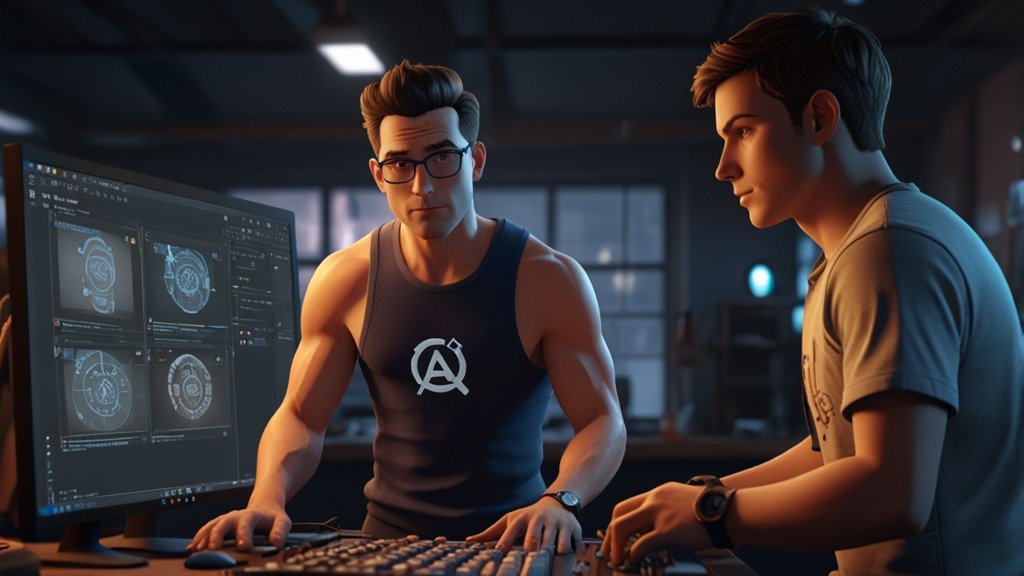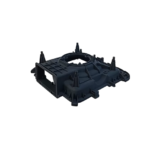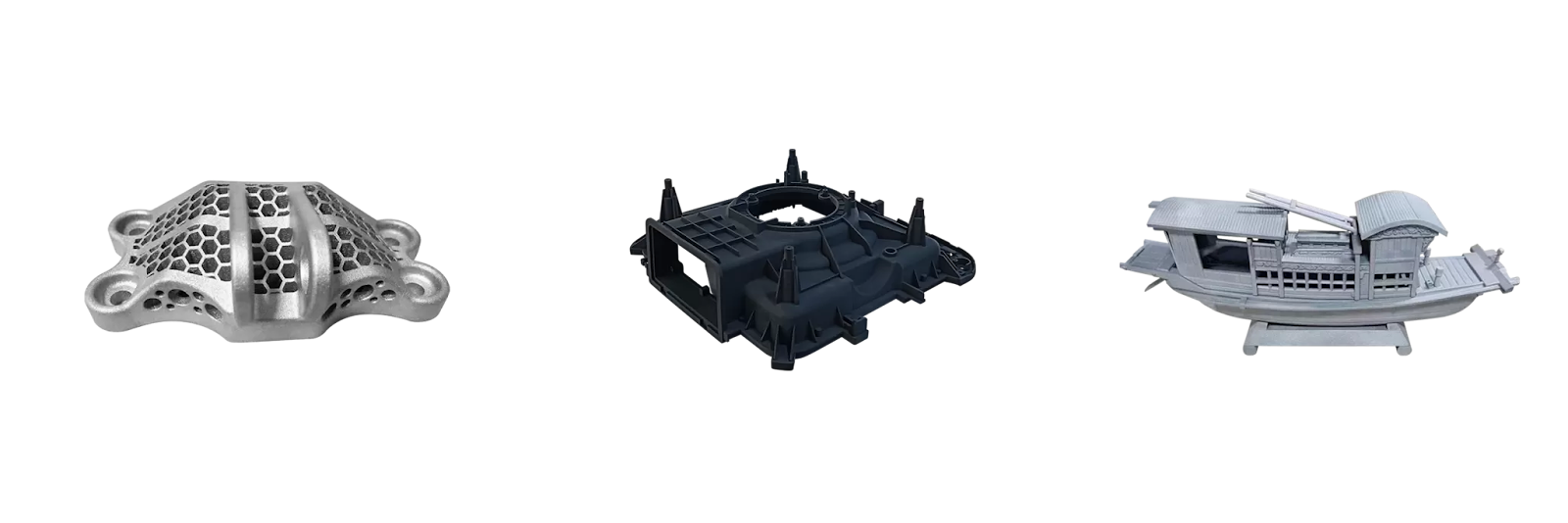You’ve sculpted a stunning character model, polished its animations, and perfected its textures. But when you try to import it into Source Filmmaker (SFM), it’s invisible, glitchy, or just… broken. Sound familiar? Welcome to the wild world of SFM compile—the behind-the-scenes process that bridges raw 3D art and the Source Engine’s demanding requirements. Let’s turn frustration into mastery.
What is SFM Compile?
SFM compile is the digital alchemy that transforms raw 3D assets—models, animations, textures—into formats the Source Engine understands. Think of it as a translator: your software speaks “Blender” or “Maya,” but the Source Engine only understands “MDL” and “VTF.” Without compiling, your assets are like a book written in the wrong language—beautiful but unreadable.
This process isn’t just about conversion. It’s where you:
- Define physics properties (Will this cape flutter?)
- Assign collision boxes (Can a character walk through this wall?)
- Optimize textures and animations for performance
The Anatomy of SFM Compile: Tools, Scripts, and Workflows
Tools of the Trade
To compile models for SFM, you’ll need:
| Tool | Purpose | Best For |
|---|---|---|
| Crowbar | Decompiling/modifying existing MDL files | Tweaking Valve’s assets |
| Studiomdl.exe | Compiling QC scripts into MDL files | Building custom models |
| VTFEdit | Converting images to Valve Texture Format | Texture optimization |
The QC Script: Your Model’s Blueprint
A QC script is a text file that tells the compiler exactly how to process your model. Imagine it as a recipe:
plaintext
$modelname "custom_character.vmdl"
$bodygroup "Head" { "head_default.smd" }
$surfaceprop "flesh"
$sequence "idle" "idle_animation.smd" loop
This snippet defines the model’s name, assigns body groups (like interchangeable heads), sets material properties, and links animations.
Step-by-Step: Compiling Your First Model
- Prepare Your Assets
- Export your model as an SMD or DMX file from Blender/Maya.
- Save textures as TGA/PNG (later converted to VTF).
- Craft the QC Script
- Define paths, physics, and animations (see example above).
- Run Studiomdl.exe
- Drag your QC file onto studiomdl.exe. If successful, you’ll get an MDL file.
- Test in SFM
- Place the MDL and VTF files in Steam\steamapps\common\SourceFilmmaker\game\usermod\models.
Pro Tip: Use Crowbar to debug compilation errors. It’ll flag missing textures or incorrect SMD references.
Rendering and Exporting: From MDL Files to Movie Magic
Compiling models is half the battle. To create a finished film:
- Optimize Lighting
- Source Engine’s lighting can be brutal. Use “light_spot” entities sparingly, and bake shadows where possible.
- Set Resolution and Frame Rate
- 1080p at 30 FPS is standard, but 24 FPS mimics cinematic motion.
- Export via SFM’s Render Settings
- Choose “Export Movie” → H.264 for YouTube, or image sequences for post-processing.
Troubleshooting Common SFM Compile Errors

| Error | Solution |
|---|---|
| “Missing Texture” | Convert TGA to VTF with VTFEdit; update QC script paths. |
| “Bad Geometry” | Check for non-manifold edges in your 3D model. |
| Animation Glitches | Ensure SMD files reference the correct bones. |
Optimizing Your SFM Workflow: 3 Pro Tips
- Batch Compile Textures
- Use VTFEdit’s batch mode to convert 50+ textures at once.
- Reuse QC Scripts
- Create a template QC file for similar models (e.g., all humanoid characters).
- Leverage Community Tools
- Tools like Blender Source Tools auto-export SMD files with correct scaling.
You May Also Like:
xai770k: The Transparent AI Framework Rewriting the Rules of Trustworthy Technology
Conclusion
SFM compile isn’t just a technical step—it’s the bridge between imagination and execution. With the right tools and a dash of patience, you’ll turn cryptic errors into polished animations that captivate audiences. Now, go make Half-Life 3… or at least a killer fan film.
FAQs
Can I compile models without coding?
Partially. QC scripts are essential, but they’re more configuration than programming.
Why does my model have no collision?
Add “$collisionmodel” to your QC script and reference a simplified physics mesh.
Is Crowbar safe for decompiling Valve’s models?
Legally, yes—for learning. Redistributing modified Valve assets? Not so much.
Can SFM compile custom animations?
Absolutely! Reference animation SMDs in your QC’s “$sequence” lines.
How do I fix flickering textures?
Enable “$translucent” in the VMT file if using alpha channels.











